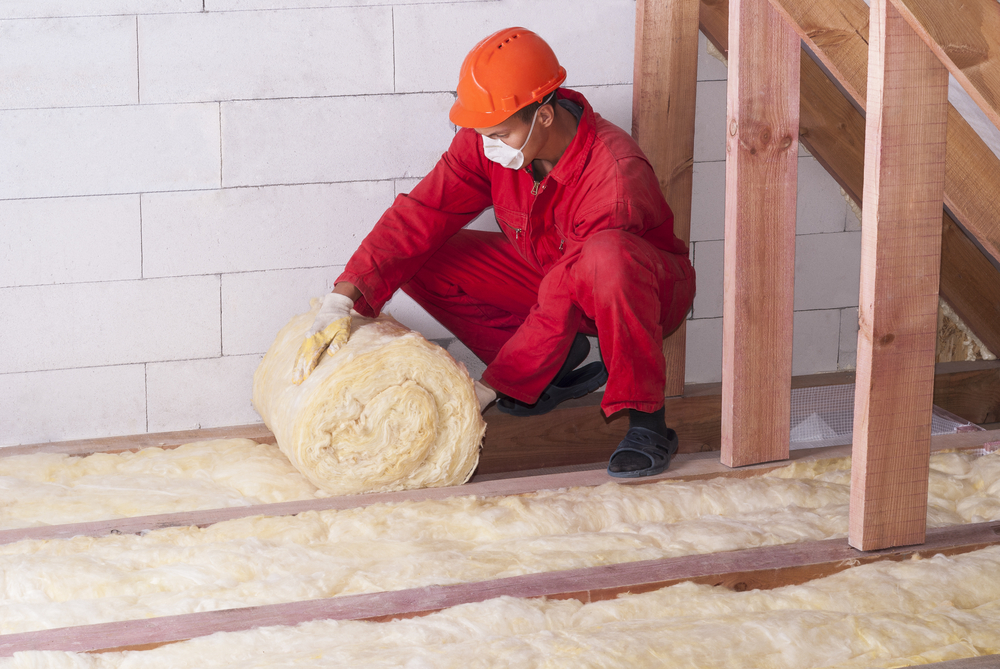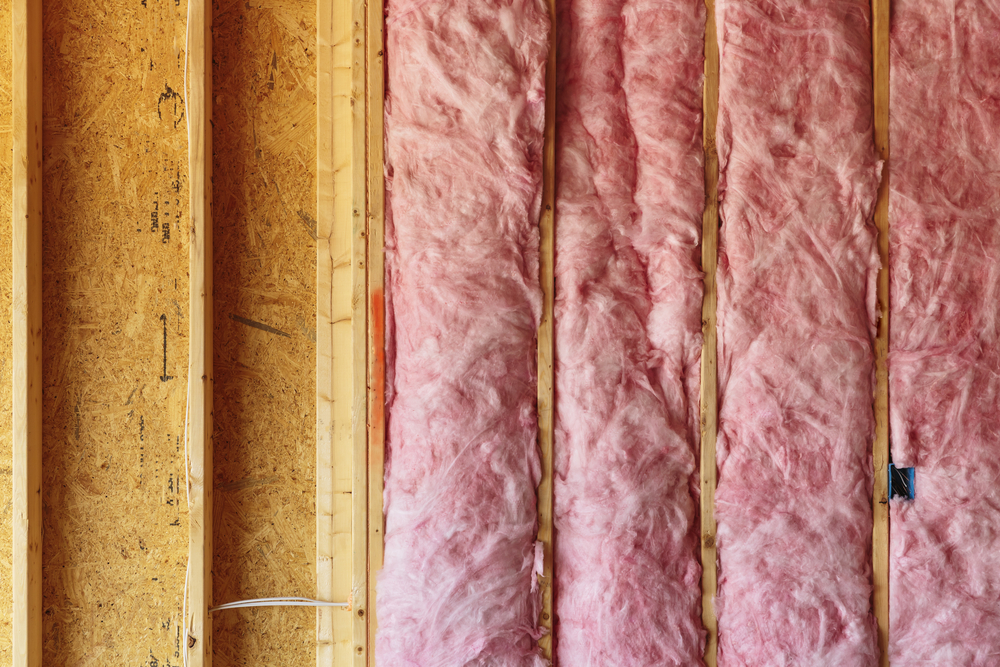How to Insulate an Attic
An attic that isn’t properly insulated can cause heat to escape during the winter or cause the home to warm up during the summer. Poor attic insulation may increase energy usage by causing the HVAC to work overtime; not only will homeowners have difficulty maintaining that indoor temperature, but they may pay more money each month for heating and cooling.
Here’s how to insulate an attic to keep warm air from escaping during winter and to ensure that the home doesn’t heat up during the summer.
Options for Attic Insulation
There are many types of insulation for the attic. The Family Handyman states that homeowners can choose from fiberglass batting, cellulose, loose-fill fiberglass, mineral wool and spray foam. Each of these materials offers benefits…and possible pitfalls. When installing insulation, wear a respirator to keep the material from irritating the lungs
Fiberglass batting is one of the easiest insulation types for homeowners to DIY. This type of insulation is noted for its fluffy pillow-like construction. Unfortunately, according to The Family Handyman, this material also is the least effective for the job. While fiberglass batting is a convenient option, homeowners looking to maximize energy usage (and costs) might want to opt for a better material.
Cellulose is an upgraded option. This material also can be a DIY project, but homeowners may want to use a blower to effectively install it. The Family Handyman explains that this material can be a bit more complicated to install DIY, so homeowners who are a bit less experienced may want to hire a pro.
Loose-fill fiberglass also is an option for DIY. However, the biggest downfall of this material is that it can be very irritating—for the skin and the lungs. The material also is a less effective insulator than cellulose.
Mineral wool also is an option. It is more expensive than other wool types, and it’s fire resistant. This material also won’t soak up moisture like a sponge.
The best choice for attic insulation? Sprayed foam! This is the premier material to use for efficient insulation. However, sprayed foam also is the most expensive material, and homeowners should utilize a pro to install it. Sprayed foam is not recommended for DIY.

What is an R Value?
Why is sprayed foam better than any other material? The answer lies in something called the “r value.” A higher ‘r value’ indicates better insulation performance. Each material offers a different ‘r value’ that denotes its overall effectiveness. While each material has an associated ‘r value,’ each region in the country denotes a different ‘r value’ for effective insulation. Warmer regions require lower values, while cooler areas of the country demand a more effective form of insulation.
Specific areas of the home also require different ‘r values’ for effective insulation. The ‘r value’ associated with attic insulation can range from minimum values of 30 to 49 to maximum values of 49 to 60 (the range varies by region). In southern Florida (region 1), the ‘r value’ recommendations for attic insulation are 30 to 49. In northern Maine and Minnesota (region 7), however, the ‘r value’ for attic insulation ranges from 49 to 60.
Each insulation material bears its own ‘r value’ per inch. When a material carries a higher ‘r value,’ homeowners will need less of this material to effectively insulate a specific space in the home. When you compare each material by its ‘r value,’ it’s clear to see how the choice of material can affect the insulation performance. Today’s Homeowner provides a rundown of ‘r values’ of each insulation material:
- Blown Fiberglass: 2.2 to 2.9
- Fiberglass Batting: 2.9 to 3.8
- Blown Cellulose: 3.1 to 3.8
- Mineral Wool: 2.2 to 3.3
- Sprayed Foam: 3.6 to 8.2
The least effective forms of insulation—by ‘r value’—are blown fiberglass and mineral wool. To ensure the appropriate level of insulation, homeowners will need more of this material than most other choices. When the material types are shown by their ‘r value,’ it’s clear to see why sprayed foam is the winner. Unfortunately, though, while this material is the best choice, it’s also going to be the most expensive…and it isn’t DIY-friendly.

Attic Insulation Cost Savings
Every homeowner would likely choose sprayed foam if the budget allowed. Unfortunately, that’s not always the reality. Like any other home improvement project, choosing the right material for attic insulation requires homeowners to also look at their budget. While blown fiberglass isn’t the most efficient choice, it might be the best material for attic insulation cost savings. However, homeowners who can DIY the insulation project could opt for more expensive materials, as money would be saved on labor costs.
If the home is in need of more insulation for the attic—or better insulation—talk to a home improvement expert for guidance. Even associates at mega stores like Home Depot or Lowes may be able to give advice and steer budget-conscious homeowners to the best insulation options for their project.
No matter what insulation material is used, homeowners always should ensure that they have enough material to meet the ‘r value’ requirements in their region. Inadequate insulation can mean energy drains and higher energy bills each month related to heating and cooling costs. Wondering if poor attic insulation is adding to those monthly costs? Conduct a home energy audit using Benefyd and find all the energy drains in your home!


